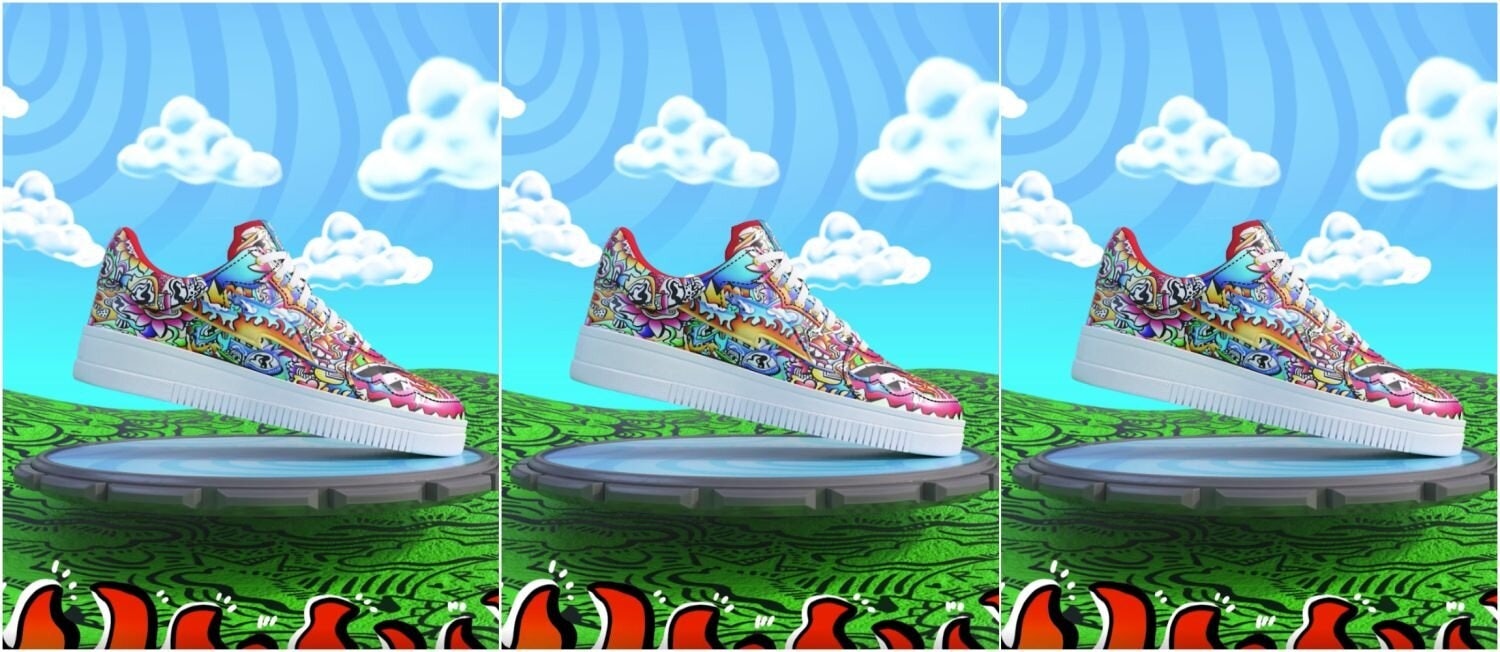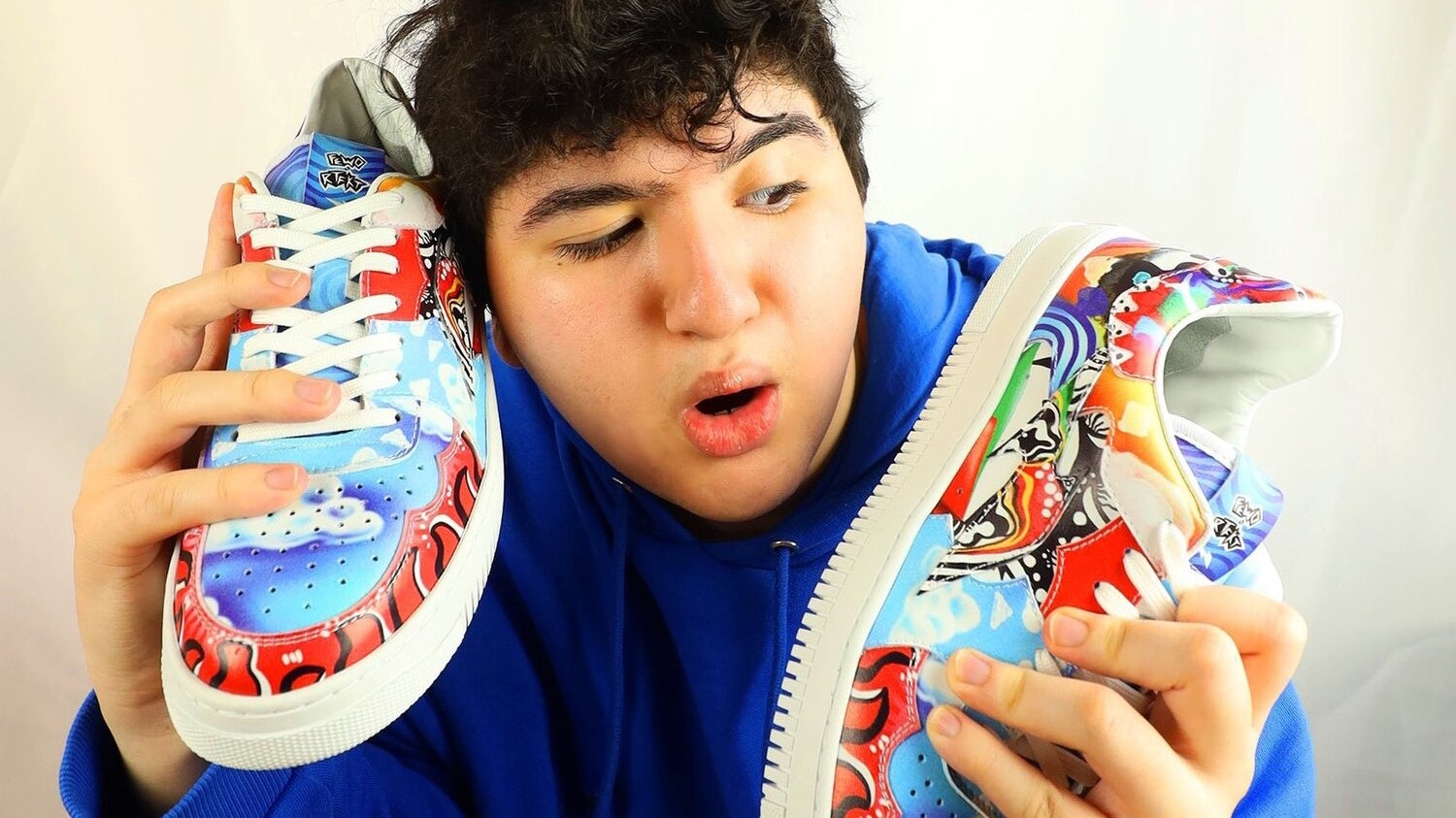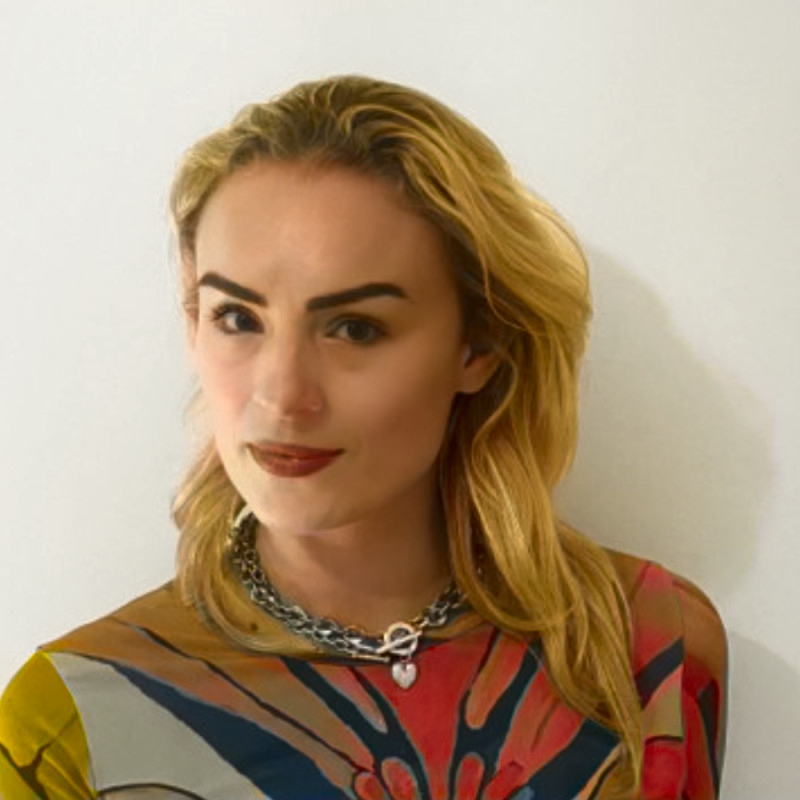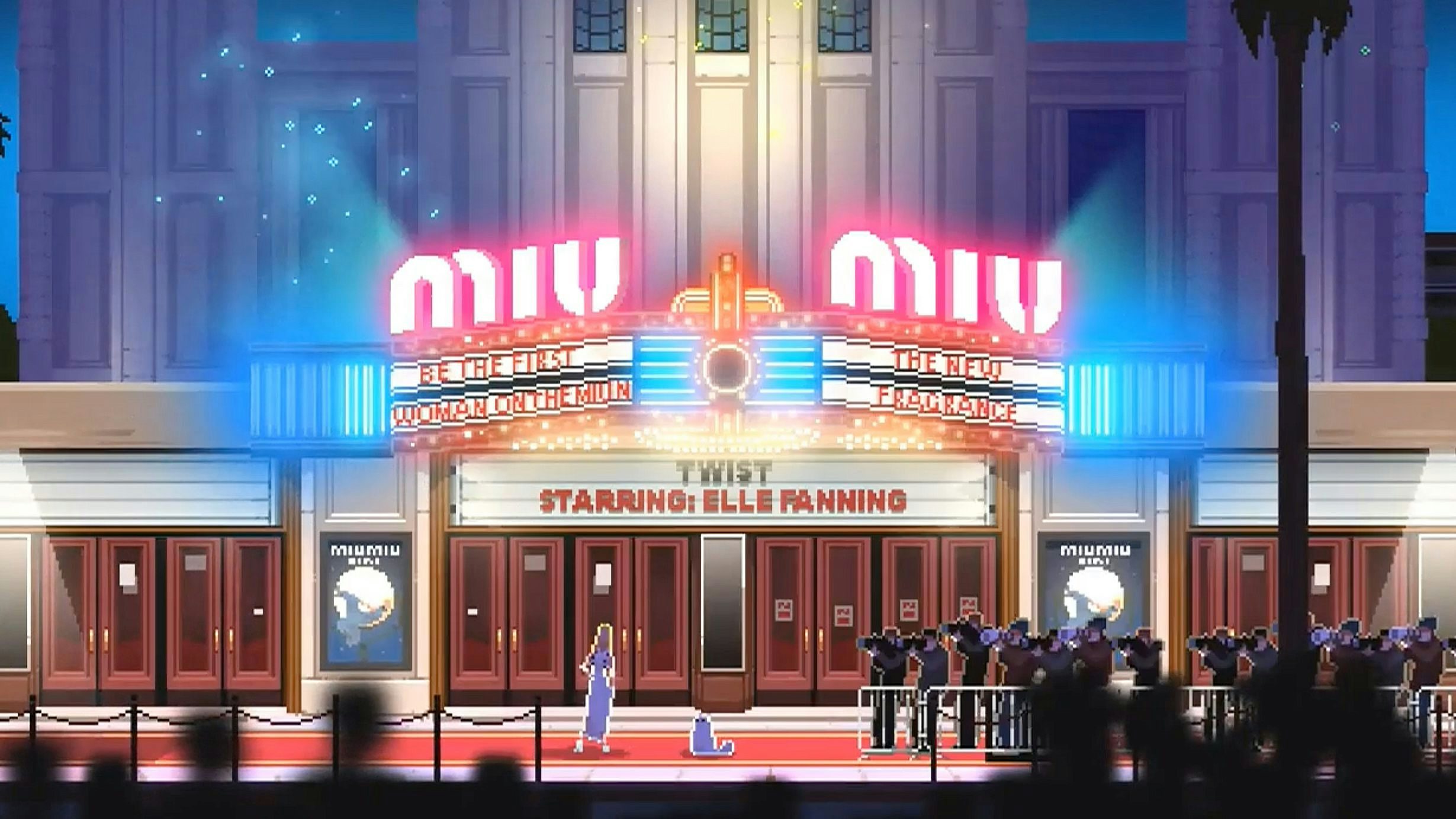Around March 2020, the 18-year-old artist known as Fewocious learned about non-fungible tokens (NFTs) when he was offered 90 to sell one of his digital pieces as an NFT. Fast forward to last Saturday, when Fewocious’s NFT art brought in 3.1 million in seven minutes via his collaboration with the virtual sneaker brand RTFKT Studios that was sold on NFT marketplace Nifty Gateway.
Each virtual edition of the Fewocious x RTFKT drop came with a physical pair of shoes. “I had never seen a shoe drop on Nifty, not on the scale that we did it,” the artist told Content Commerce Insider. “I’ve seen smaller ones, but I don’t know if any have ever come with physicals like this.”

Merging the worlds of sneakerheads and crypto art collectors was evidently a match made in hype heaven, and it’s a combination that luxury brands should have on their radar.
Typically taking the form of crypto art, digital collectibles, or gaming features, the once-niche digital asset class known as NFTs has skyrocketed into the global mainstream over the past few weeks. NFTs utilize the values of authentication, thanks to blockchain, and scarcity — each NFT bears a unique digital signature and, unlike cryptocurrencies such as Bitcoin, cannot be traded with each other. For their creators, NFTs allow for both up-front monetization and traceable royalties when the tokens are resold.
“NFTS are the future,” said Fewocious. “When I started last year, it wasn’t as big as it is now. It was like my little community. Now I’m like, guys we made it, the world knows about our space. Every week, I get more surprised about how much bigger and bigger it’s getting.”
The duo behind Yonk, Niels and Vikki, jumped into the NFT game in October 2020. “Who doesn’t want to make a little extra money on the side?” they told CCI. “It’s an exciting community and technology to be a part of considering it’s constantly growing and adapting.”
According to Decrypt, the NFT market was valued at approximately 100 million last summer. Now, barely more than two months into 2021, it’s already worth 250 million.
And it continues to blow up. Auction house Christie’s is currently in the process of auctioning its first entirely-digital artwork, made by well-known creator Mike Winkelmann (aka Beeple), who sold one NFT for 6.6 million in December 2020. This week the musician Grimes dropped an NFT art and music collaboration on a day’s notice that brought in nearly 6 million, selling an ethereal short video illustration set with music named “Death of the Old” to the highest bidder for 389,000.
Asian crypto art marketplace BCA is organizing the world’s first physical exhibition of crypto art in March 2021 at the UCCA Center for Contemporary Art in Beijing, with funding from the Kusama Network and Chinese Bitcoin mining company Bitmain. The exhibition will feature works by Winkelmann and other blockchain artists and will showcase China’s instrumental role in helping NFTs achieve broader recognition as fine art.
And where there is art, luxury will follow. The ever-expanding cultural capital surrounding NFTs, and the combination of scarcity and authenticity appear tailor-made for luxury brands to seize upon.
“Royalties are the wow factor,” Fewocious said. “When you buy shoes, like Jordans, people buy them for like 300 then go on StockX and sell them for like 3,000, or even like 20,000, but Nike gets nothing in the form of royalties.” If Nike sold its most sought-after sneakers with NFTs, the company would receive a percentage on all future resales, an opportunity for passive income that brands may find difficult to resist.
Recalling a recent conversation on Clubhouse, Fewocious considered the possibilities for brands entering the NFT space and the implications for artists. “Someone said, Well what if a big company like Foot Locker bought an NFT, then started printing as many as they want? They could have the art in their line. It’s opening up a whole new door!” he said, hinting at the future of brand collaborations.
In addition to buying NFTs to integrate art into their collections, luxury brands could also utilize the exclusivity model of NFTs by dropping digital fashion or art with a physical component, following the model of the Fewocious x RTFKT collaboration.
“NFTs and interest in digital artwork is completely to the luxury fashion industry’s advantage,” said digital designer Nicole Zisman. “Unlike the high-street and fast-fashion sectors, the major change would be in the medium of ownership of luxury fashion that customers are interested in, not whether the interest in ownership is there in the first place.”
Interestingly, back in 2019 Nike released a series of “crypto-kicks” with an NFT as a way to combat counterfeits, but it drew limited attention as the serious NFT hype had not yet taken off.
Now, Fewocious says, “I’m sure Nike is wondering how it can do what we’re doing, on a bigger scale.”
And if brands don’t take advantage themselves, others will find a way. Trevor Andrew, who created the Gucci Ghost in 2016, is on Nifty Gateway, where his unofficial Gucci-printed NFTs start at 2,500.
This post originally appeared on Content Commerce Insider, our sister publication on branded entertainment.


